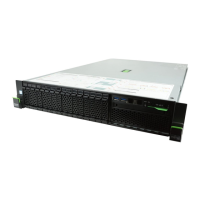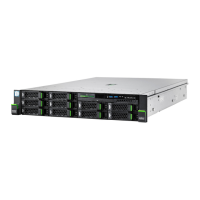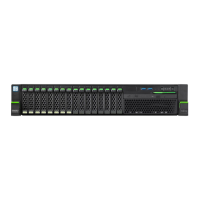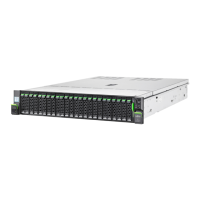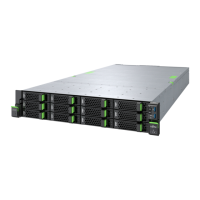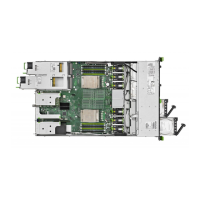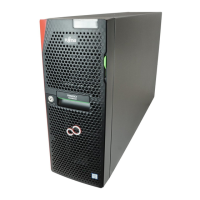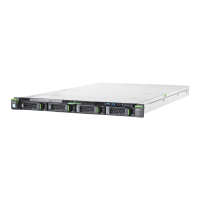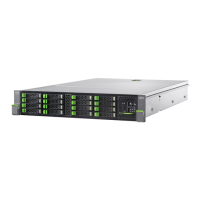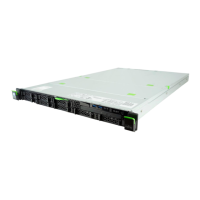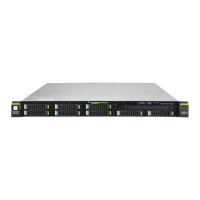4.1.3 Determining the error class
The Local Service Concept (LSC) allows you to identify defective server
components. Failure events are assigned to one of two error classes:
–
Global Error (for non CSS components) events that need to be resolved by
maintenance personnel
–
Customer Self Service (for CSS components) error events that may be
resolved by operating personnel
The Global Error indicator and the CSS indicator can be found on the front side
and the rear side of the server
.
In some cases the indicator on the rear is designed as a combined
indicator (Global Error
, ID and CSS indicator).
The indicators also light up in standby mode and after a server restart
due to a power failure.
▶
Check the Global Error indicator and the CSS indicator
.
4.1.4 Locating the defective component
After determining the error class by the CSS indicator or the Global Error
indicator, indicators on the components and onboard indicators on the system
board allow you to identify the defective component, see "Determining the
error class" on page 48.
Possibilities to get more information about the defective component
–
Checking the System Event Log (SEL), see "Viewing and clearing the
System Event Log (SEL)" on page 105.
–
Checking the indicators on the components, see "Connectors and
indicators" on page 532.
–
Checking the onboard indicators on the system board using the Indicate
CSS button, see "Using the CSS button on the system board" on page 49.
Basic hardware procedures
48 Upgrade and Maintenance Manual RX2540 M7

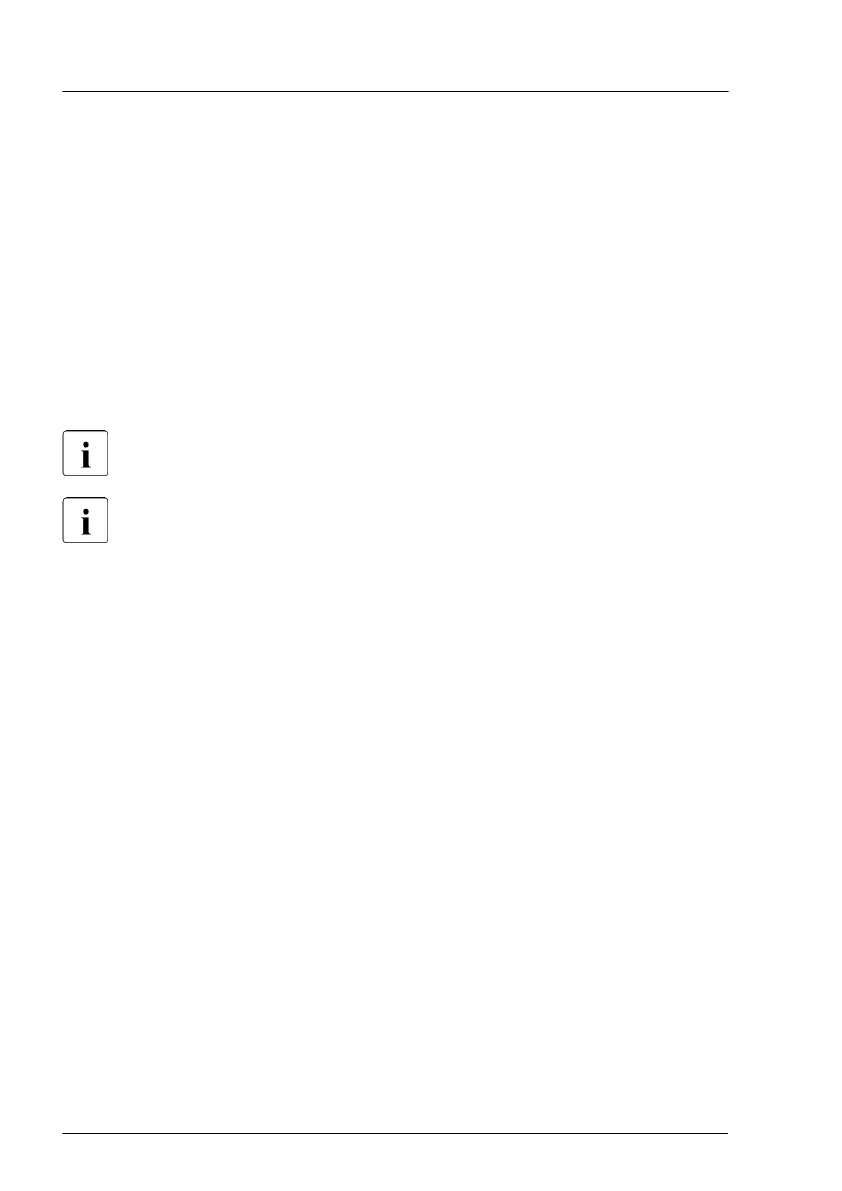